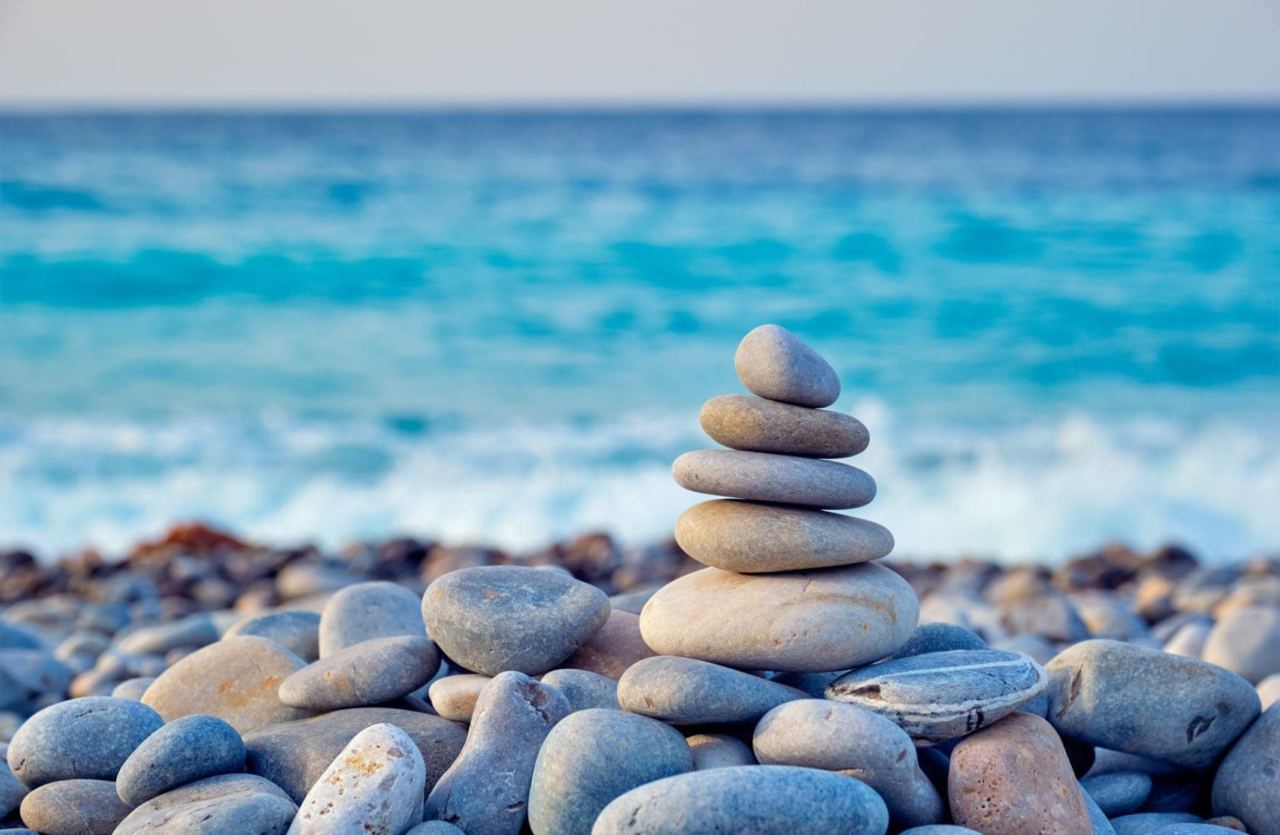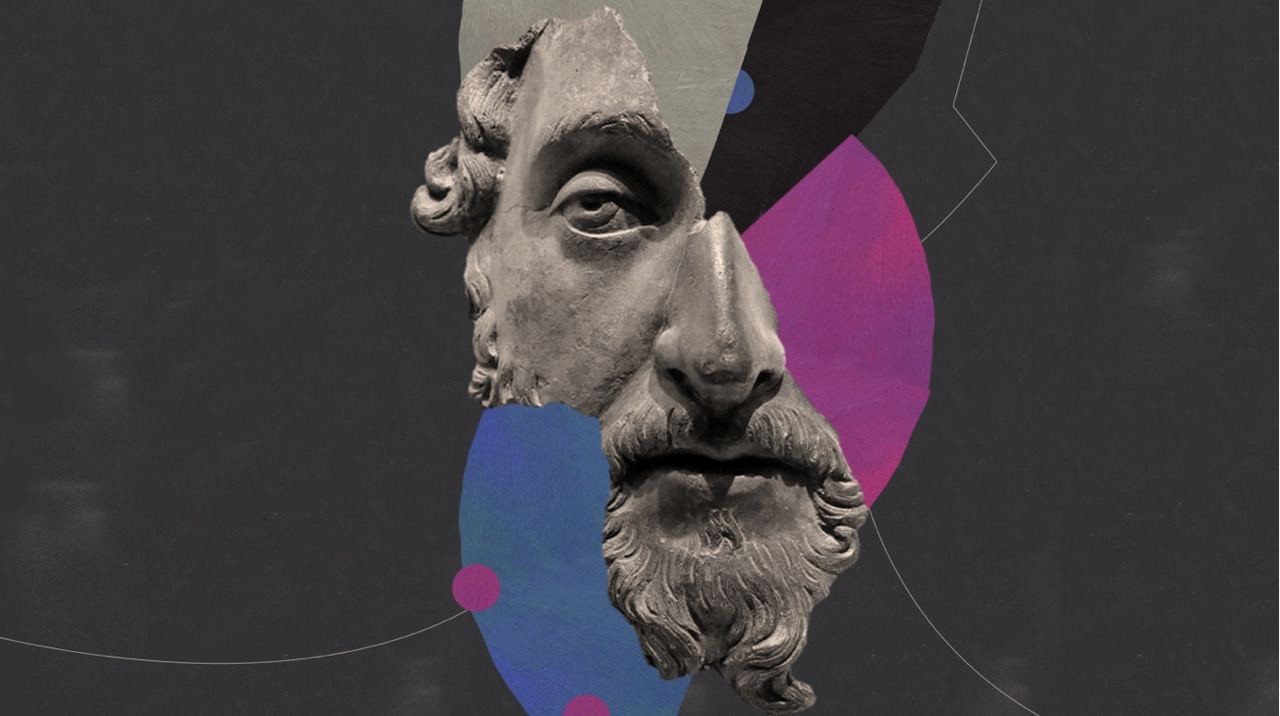What is the secret to living peacefully in both times of chaos and peace? Stoicism could be the thing that makes your life better.
With the rapid communication speed of the 4.0 era, we have to face sad news every day. From terrorism, forest fires, and environmental pollution, to robbery, murder, and rape, how can we find inner balance amid the countless changes in the world?
The secret to living peacefully in both times of chaos and peace was discovered a long time ago. That is Stoicism
What is Stoicism?
Stoicism is a school of philosophy that was born in Athens around the 3rd century BC. The mission of Stoicism is to train the human spirit to be tougher and calmer when faced with pain and pressure in life.

The view of Stoicism is that the reason we suffer is because we choose the wrong way to perceive problems. “Stoic” does not mean strict or ascetic. On the contrary, this theory believes that to achieve happiness, we must live in harmony with human nature and the world.
A coherent perspective for a confusing world
Stoicism summarizes life into three parts: What we can control (our actions and thoughts); Things we cannot control (natural factors and the actions of others); and Things we can partly control (tasks that involve other people).
Stoicism’s advice is to focus on group 1, ignore group 2, and plan for group 3. An important philosophy of Stoicism is to not try to control what happens to you because you simply cannot. Instead, control your reactions to those events.
Proactively face crises
Many famous people have adopted and praised the stoic lifestyle. But if I have to mention a typical example of practicing stoicism, I would like to mention the former mayor of Vancouver – Sam Sullivan. Sam became a quadriplegic after a tragic skiing accident when he was 19. Because of that accident, he struggled with depression and suicidal thoughts for 6 years. It wasn’t until he found Stoicism and applied it.
From then on, he considered the difficulties in his life as opportunities to improve himself. He began contacting experts to retrain his body and practice simple movements. And he changed his mentality, from a passive victim to one who proactively sought success.

Change your perspective on loss
Stoic philosopher Epictetus had his metal lamp stolen in front of his house. Instead of cursing at the thief, he realized that losing a lamp did not harm him too much, but the thief had to sacrifice his human dignity to steal things. So the next day he went to buy a cheaper terracotta lamp and ignored everything.
Older generations have a similar saying: wealth replaces people. I had the opportunity to practice this advice when 200,000 VND was stolen. That amount of money may not be big for many people, but it is a large amount for a student who cannot be economically independent.

The initial reaction of sadness was inevitable, but then I thought, there is absolutely no point in being sad in this situation. If you can’t recover that money, consider it a lesson (hope it will never happen again). That way of thinking made my mood much lighter.
The above stories are just a few of the countless applications of Stoicism in modern life. The key to the stoic mindset lies in the way you think about everyday things. To convert conventional thinking to stoic thinking is a journey. But if you make enough effort, I think you won’t need to wonder how to be happy anymore.
